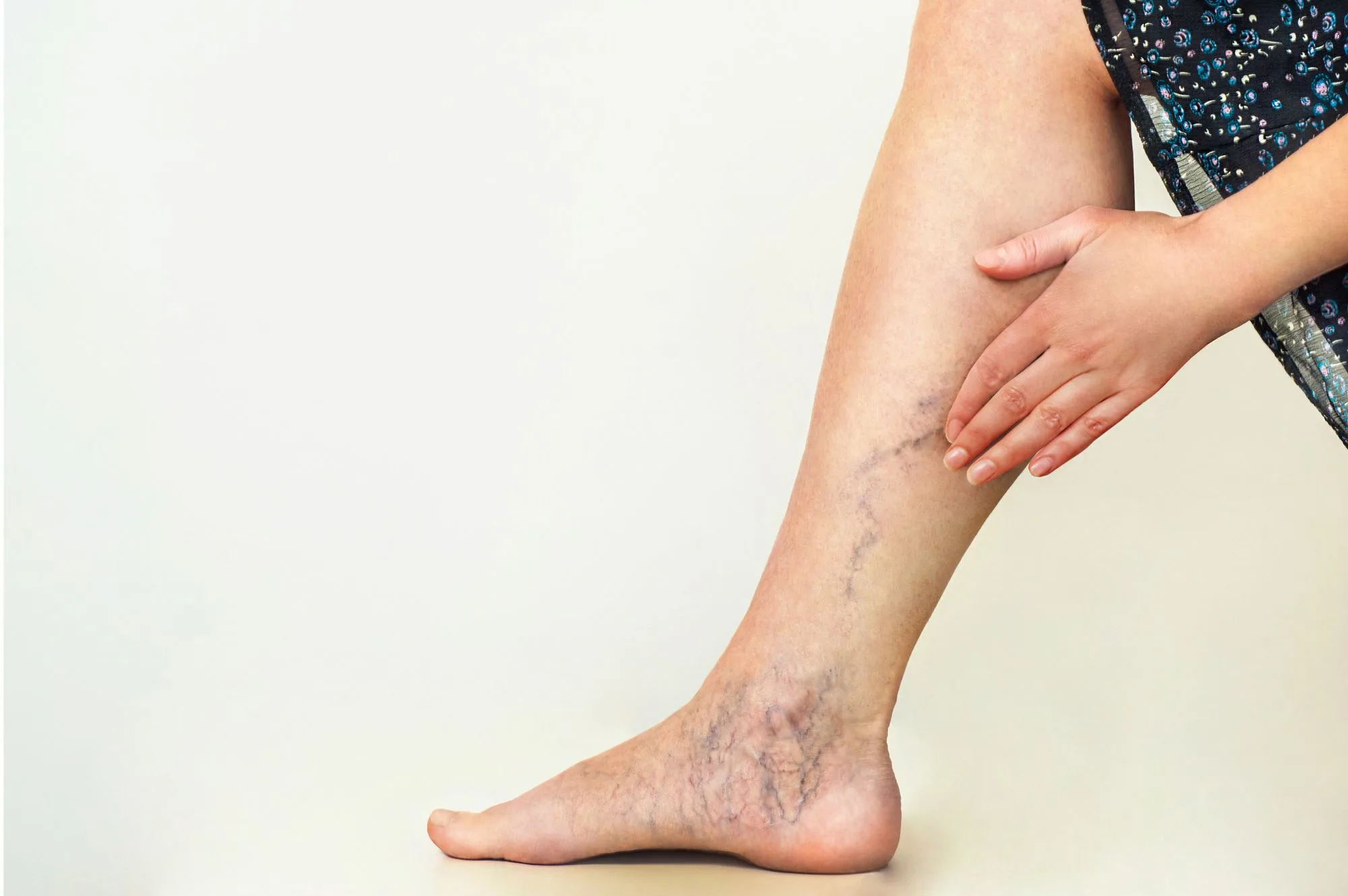
Get rid of Varicose Veins with message therapy
What are varicose veins?
Varicose veins commonly appear later in adulthood, and mainly among people who have led a physically strenuous life. This condition often affects the superficial veins in the legs and ankles which become enlarged and maybe painful. They are usually not serious, but can lead to other health problems.
How does it happen?
The veins in the human body have one-way valves located at equal distances along its length that keep blood flowing from the legs to the heart and prevent backflow. However, under increased venous pressure, the valves malfunction and blood can flow back, impairing circulation. If the venous pressure continues to exist in the region, probably due to repeated activity owing to the nature of a person’s job or daily routine, the veins in the area begin to stretch and become swollen.
Habits and conditions that might lead to varicose veins include:
- prolonged sitting
- prolonged standing
- sitting with legs crossed
- excess weight, pregnancy
- chronic constipation
- heavy lifting
- congenital diseases causing vein malformation
- liver dysfunction
Symptoms and Signs
Varicose veins usually manifest as dark bluish, bulging clusters on the surface which might feel knotted or twisted to touch. The condition is generally accompanied with mild pain or burning sensation which worsens with continuous standing or sitting. The person may also experience night cramps and heavy, achy legs. Left untreated, the condition might worsen over time. It may also cause discoloration of the leg and formation of sores.
Massage Therapy Treatment
In order to re-initiate proper circulation and relieve venous pressure on the region, doctors might recommend massage therapy in accordance to the severity of the illness. To treat acute condition of varicose, the legs should be gently massaged with regular circular motions moving upwards, in direction of the heart. Massage should begin on the unaffected leg, and then move to the affected leg. However, if the region appears sensitive or painful, massage is not advisable. A massage should not be done if the patient has been given saline injections within the last 24 hours. Patients should test for Deep Vein Thrombosis (deep vein blockage) before undergoing massage. In case they test positive, they should seek advanced medical help.
Patients must ensure to keep their legs elevated while sleeping or in between daily activities (at least 3-4 times a day for 15 minutes) so that blood can flow easily back to the heart. If you need to keep standing for hours on end, make sure to continuously flex your legs to stimulate circulation. Under such conditions, patients should wear compression stockings to increase blood flow.
In advanced cases of the condition, there might be swelling in the veins due to accumulation of fluids. In such cases, the patient will have to undergo treatment to drain the fluid out of their legs. Overweight and pregnant patients especially might incur joint pain in the hips, knees and ankle regions that might affect movement. In such cases, they might have to resort to clinical traction to move around easily.







